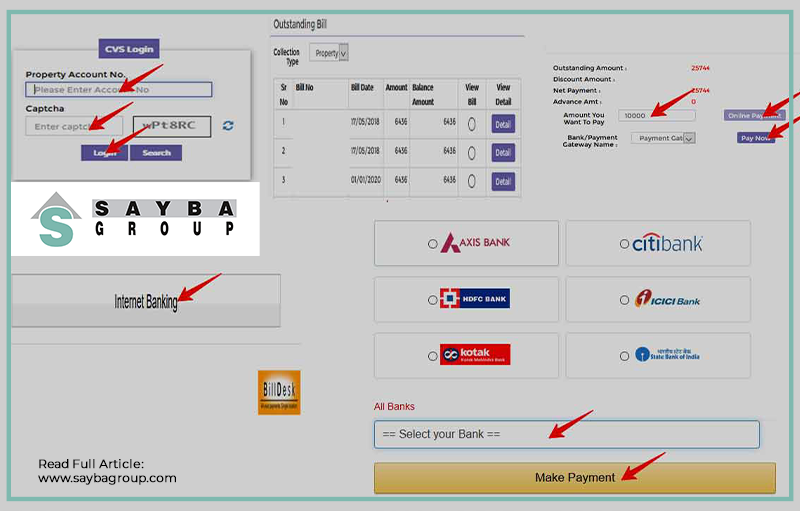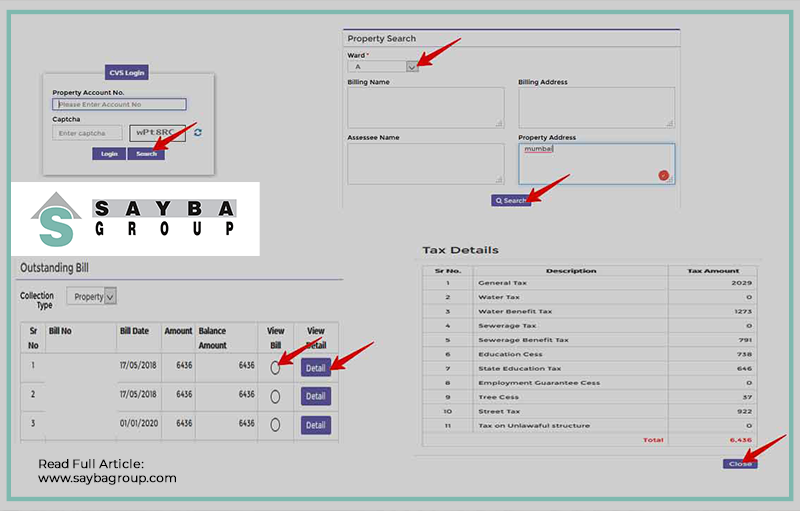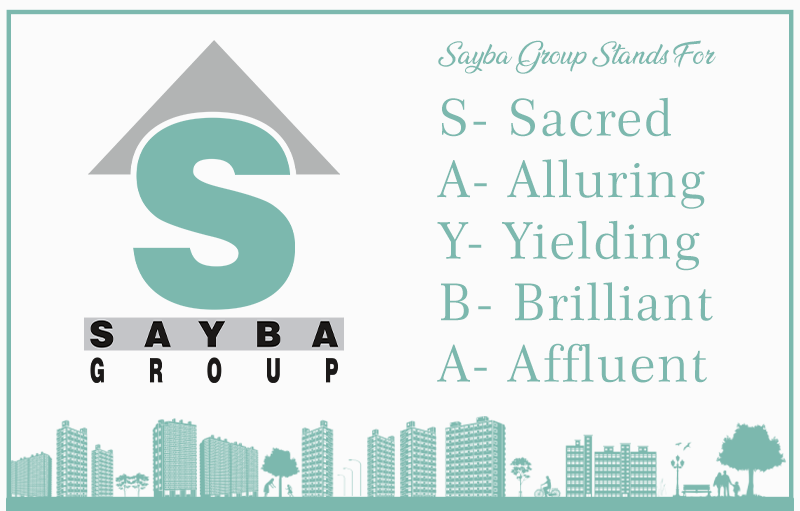
Introduction:
When it comes to purchasing a property, there are several crucial documents that you should be aware of. Two of these important documents are the Occupancy Certificate and Possession Letter. They play a significant role in ensuring a smooth and legal handover of the property from the developer to the buyer. In this blog, we will dive deeper into what these documents are, their differences, and why they are essential for every homebuyer.
Understanding Occupancy Certificate:
An Occupancy Certificate (OC), also known as a Completion Certificate, is a document issued by the local municipal authorities or building control department.It is provided to the developer or builder once the construction of the building is completed as per the approved plans and meets all the necessary regulations and safety standards. The OC signifies that the property is now fit for occupation.
Key Points about Occupancy Certificate:
Compliance with Regulations: The issuance of an Occupancy Certificate ensures that the building complies with all the relevant building codes, fire safety regulations, and other legal requirements.
Legal Occupancy:
With an Occupancy Certificate in hand, you can legally occupy the property without any concerns about its construction or compliance.
Essential for Utility Connections:
Many utility providers, such as electricity, water, and gas, require an OC before providing connections to the property. Having the certificate helps in the smooth process of availing these services.
Understanding Possession Letter:
A flat Possession Letter, on the other hand, is a document issued by the developer to the buyer, granting them possession of the property. It serves as proof that the developer has handed over the physical possession of the property to the buyer as per the agreed terms and conditions mentioned in the sale agreement.
Key Points about Possession Letter:
Acknowledgment of Handover: The Possession Letter serves as an official acknowledgment that the developer has fulfilled their obligation of delivering the property to the buyer.
Commencement of Property Ownership: Once you receive the Possession Letter, you can start enjoying the benefits of property ownership, such as customization, occupancy, or even renting it out.
Defect Liability Period:
The Possession Letter also marks the beginning of the Defect Liability Period, during which the developer is responsible for rectifying any construction defects or issues that may arise.
Conclusion:
In conclusion, both the Occupancy Certificate and Possession Letter play critical roles in the real estate industry. The Occupancy Certificate ensures that the property is legally fit for occupation, while the Possession Letter signifies the official handover of the property to the buyer.
It is crucial for homebuyers to obtain these documents before taking possession of their property to ensure legal compliance, peace of mind, and a hassle-free ownership experience. Always consult with your developer and legal advisors to ensure a smooth process of obtaining these important documents.





















